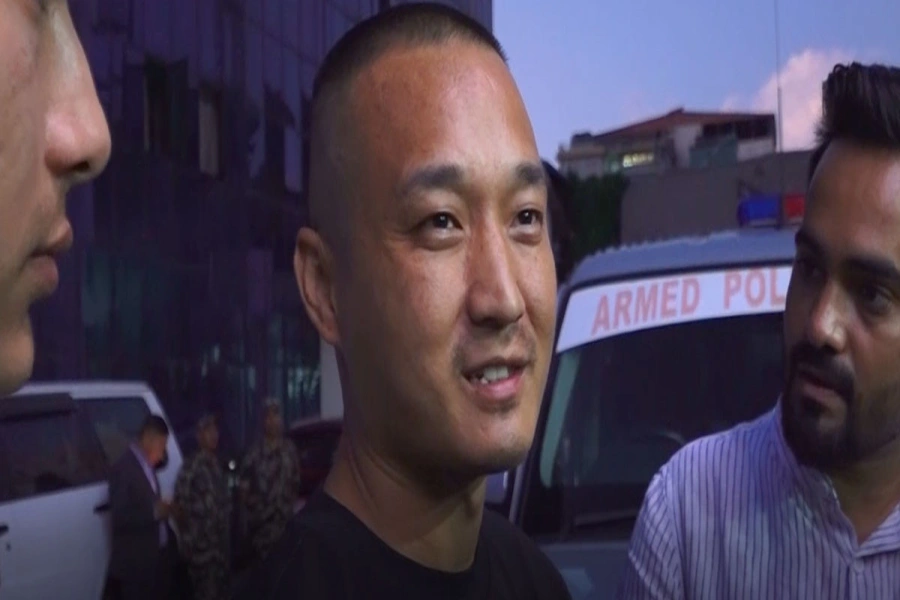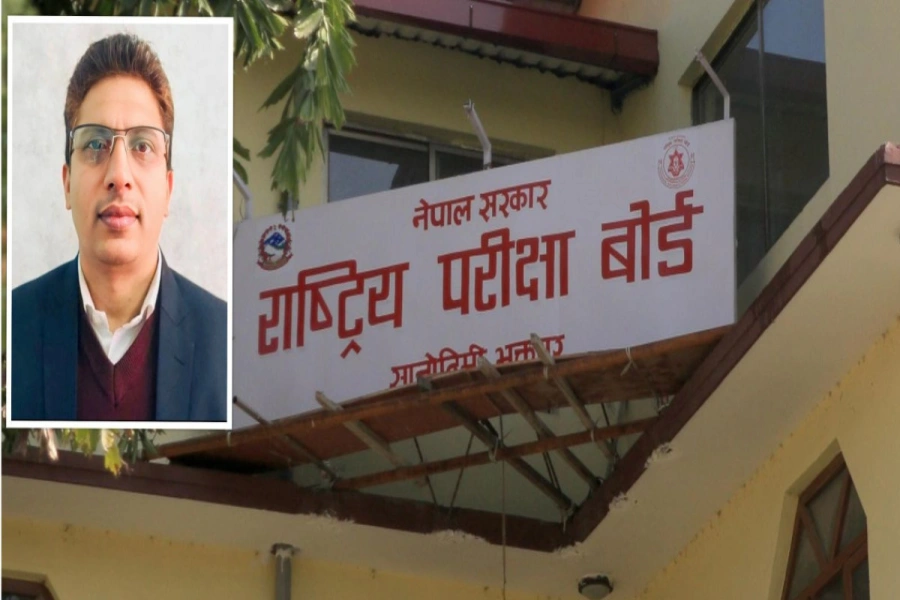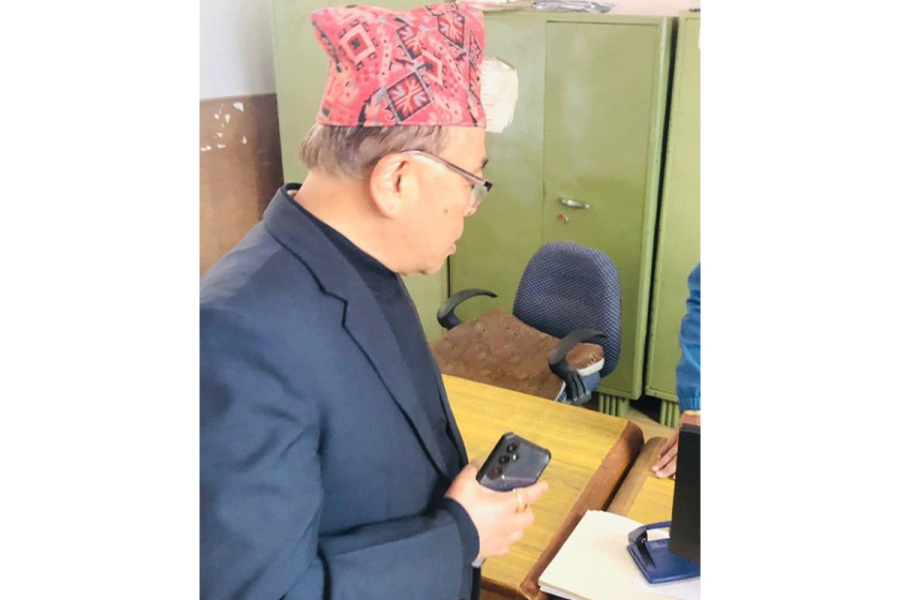Every year, Ropain Jatra is celebrated after the completion of rice plantation to rejuvenate from the stress and workload one faces during the plantation time. This year, it was celebrated on Thursday in Ilam.
The festival comprises traditional musical instruments like Naumati, while people of all ages take part in a parade donning traditional dresses. Hal Goru (plowing oxen) is followed by the parade participants, who act as bahusey and ropahar in the field.
Saving Tansen's Ropai Jatra

The parade in Ilam traveled to the district headquarters and various bazaar areas amid much fanfare. Youths dancing to the tune of Naumati are one of the major attractions of the Ropain Jatra.
Though the festival was earlier limited to the Newar community, the celebrations now-a-days are also followed by Brahmin, Chhetri, Rai, Limbu, Tamang, Gurung and Magar, among other communities with equal enthusiasm.
Children participating in the parade coat themselves with black color and walk along banging plates. Moreover, Lakheys can also be seen dancing along the tune. Besides the cultural and religious aspects of Roapain Jatra, the festival also acts as a platform for people to meet and greet.
According to Historian Yuddha Prasad Vaidya, Ropain Jatra began some 100 years ago from eastern hilly areas of the country such as Ilam, Panchthar, Taplejung, Terhathum and Sankhuwasabha among others. He explained, “This is an ancient festival that has helped to strengthen the bond between various castes and harbor cultural tolerance.”
Nepal Bhasa and Cultural Society hosts Ropain Jatra every year in Ilam. Spectators not only from Panchthar, Jhapa and Taplejung, but also from Darjeeling and Sikkim of India throng Ilam to observe the festival.







































